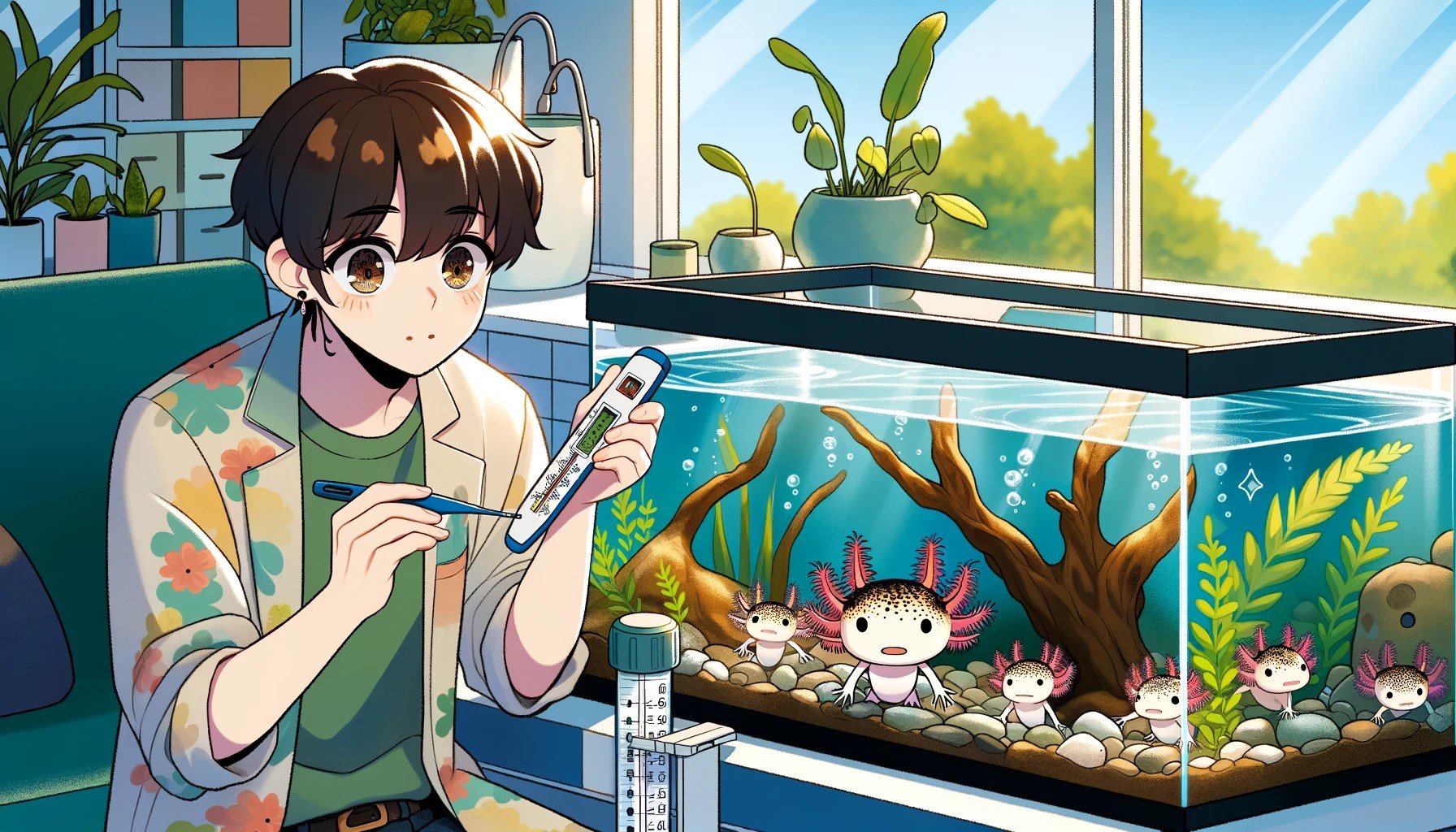Ultimate Guide to Axolotl Care
A colorful axolotl showcasing its distinctive gills and cheerful demeanor.
Axolotls, scientifically known as Ambystoma mexicanum, are unique amphibians that never undergo full metamorphosis, retaining their larval features throughout life. Often referred to as “Mexican walking fish,” these fascinating creatures are critically endangered in the wild and are native to only Lake Xochimilco in Mexico.
Their distinctive feathery gills, wide heads, and finned tails make them a popular choice for exotic pet enthusiasts. Axolotls are also famous for their extraordinary ability to regenerate limbs, making them a subject of significant scientific interest.
Setting Up the Perfect Home
Tank Requirements
A well-setup axolotl tank with ample hiding spots and a spacious layout.
Size: A single axolotl requires a minimum tank size of 20 gallons. For multiple axolotls, add 10 gallons per additional axolotl to ensure sufficient space.
Shape: Use a rectangular, horizontally oriented aquarium to provide more bottom space for your axolotl to explore. Taller tanks are less suitable because axolotls are bottom dwellers.
Water Parameters
Using a test kit to check water parameters in an axolotl tank.
Temperature: Maintain a cool water temperature between 60°F and 68°F. Higher temperatures can lead to stress and health issues.
pH: Keep the pH between 6.5 and 8.0. Regularly test the water's pH and adjust as necessary.
Ammonia and Nitrite: Both should be at 0 ppm. Nitrates should be kept below 20 ppm through regular water changes.
Filtration and Lighting
A sponge filter setup suitable for an axolotl tank.
Filtration: Use filters that provide gentle water movement, such as sponge or canister filters. Axolotls prefer still or slow-moving water.
Lighting: Axolotls do not require special lighting. Low light conditions are preferred to prevent stress, as they naturally live in dim environments.
Decor and Substrate
An axolotl tank with natural decor and ample hiding spots.
Substrate: Use either a bare-bottom tank or very fine sand. Avoid gravel and small rocks to prevent ingestion and potential impaction.
Decor: Provide plenty of hiding spots using caves, PVC pipes, or large decorations. Ensure all decorations have smooth surfaces to prevent injuries.
Essential Care and Maintenance
Daily and Weekly Routines
Checking the axolotl tank daily for temperature and water quality.
Daily Checks: Monitor water temperature and check for any signs of stress or illness in your axolotl. Ensure the filter is functioning properly.
Weekly Maintenance: Perform a partial water change of 20-30% to maintain water quality. Clean the substrate and remove any uneaten food or debris.
Feeding Your Axolotl
Feeding an axolotl with tweezers.
Axolotls are primarily carnivorous and thrive on a diet of earthworms, black worms, and other suitable live or frozen foods. They should be fed once every 2-3 days. For younger axolotls, feeding should be daily to support growth.
Recommended Foods
Staples: Earthworms and axolotl pellets.
Treats: Bloodworms, brine shrimp, and small feeder fish (with caution).
Foods to Avoid
Avoid feeding axolotls insects with hard exoskeletons like mealworms, which are difficult to digest and can cause blockages.
Recognizing and Treating Health Issues
An axolotl exhibiting signs of stress, such as curled gills.
Axolotls are generally hardy but can suffer from health issues if water quality is poor or if they are stressed. Key signs of stress include:
Curled Gills: Indicates poor water quality or stress.
Loss of Appetite: Can be a sign of illness or unsuitable tank conditions.
Frequent Floating: Often a symptom of digestive issues or gulping air due to poor water conditions.
Common Diseases
Fungal Infections: Treat with methylene blue or black tea.
Bacterial Infections: Use appropriate antibacterial treatments and maintain good water quality.
Conclusion
A happy, healthy axolotl swimming in its tank.
Axolotls make fascinating and rewarding pets when cared for properly. By providing a suitable habitat, a balanced diet, and regular maintenance, you can ensure your axolotl lives a happy, healthy life. Always stay informed and continue learning to keep your aquatic friend thriving.








